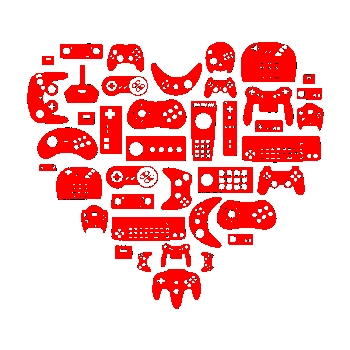Project Introduction
version 1.0
Project Introduction
Game On
Ever since the earliest computers were built in the 1940s, people have been creating games to play on computers. In 1958, one of the first true video games — called "Tennis for Two" — was created using an oscilloscope (which is a scientific device with a screen that's normally used to view electrical signals). Special paddle inputs were built to play the game.
VIDEO: Tennis for Two - one of the original video games
Up until the 1970s, computers were expensive, large-scale machines used primarily by governments, universities, and large corporations — so very few people were actually able to play these early computer games.
Then in the 1970s, the development of microprocessor chips allowed computers to become much smaller, less expensive, and easier to manufacture. As a result, coin-operated video arcade games (such as Pong, etc.) were introduced into amusement arcades, restaurants, and other public places — quickly becoming a popular form of entertainment.
Soon after, the first personal computers (such as the Apple II, etc.) and gaming consoles (such as the Atari 2600, etc.) became available to consumers, finally bringing video games into people's homes.
Today, about 2.5 billion people across the world play video games — whether they play casual games or consider themselves serious gamers.
What is it about video games that people like so much?
What makes certain video games appeal to some people but not to others?
How can you use a player-centered design process to create a game that people would want to play?

Copyright and License
Copyright © 2015-2025 by Jim Lyst and Michael Frontz, Indiana University Luddy School of Informatics, Computing, and Engineering at Indianapolis.
This work is licensed under a Creative Commons Attribution-NonCommercial-ShareAlike 4.0 International License. You are free to use, share, or adapt this material for noncommercial purposes as long as you provide proper attribution and distribute any copies or adaptations under this same license.
Last updated